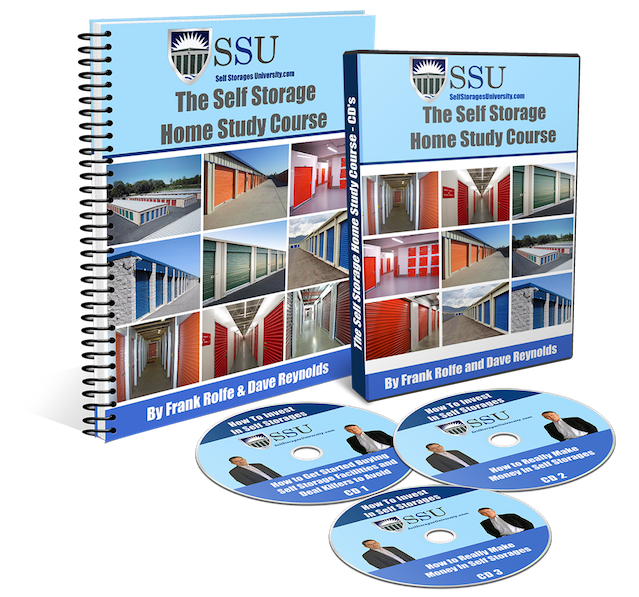Since the U.S. Presidential election in November, there has been an upward movement in interest rates. Economic cycles apply to interest rates, which have fluctuated significantly over American history. So how can you minimize the impact of interest rates on your self-storage facility?
Use fixed rate debt instruments
The first way to protect yourself from interest rate volatility is to only use debt instruments with a “fixed” rate as opposed to a “floating”. Most lenders offer both, but they will try to manipulate you into thinking that the “floating” is more advantageous as it will start out at a lower figure. However, when rates rise, that “great deal” rate could become a nightmare. Fixed rates are the way to go.
Go for long loan terms
One way to protect yourself from an interest rate roller coaster is to lock in rates for as long a period of time as possible. We generally prefer loans that have ten year terms – not “amortization” (the overall period in which the loan is repaid) but the “term” (the length of time before the loan “balloons” and you have to refinance). But not all banks will go that long in the loan term, so you must simply shoot for as long a term as you can get. The bottom line is that the longer the loan term, the better – a seven year note is infinitely better than a five year note, which is always better than a three-year note.
Give yourself plenty of time to refinance
We always strive to attack the issue of refinancing a loan two years ahead. Why so long? Because it takes time to find the right bank, as well as to do all the third party reports and legal work to actually close and fund the loan. We figure that a two-year head start before the loan comes due will give us plenty of flexibility to find the right lender and, if that fails, to sell the property off before the loan ends. If you have a longer term note (like 7 to 10 years) you can also try to time your refinance to an attractive interest rate environment. If you have a ten year note and interest rates fall dramatically in year six, you might want to refinance to another ten year note years ahead of the actual due date.
Build in rent increases to keep your “spread” healthy
The key metric in making money in real estate is to maintain a “spread” of two to three points. The “spread” is the difference between the loan interest rate and the cap rate on the property. The point is that you need to allow for mechanisms to improve the “spread” during the life of the loan, so that you can afford a higher interest rate when it comes due. This lever might be higher unit rents, or greater occupancy, or both. The bottom line is that you need to always be pushing to increase the facility’s net income so that you have a safety cushion against higher interest rates.
Conclusion
It is a given that interest rates cycle. They have been going up and down for centuries. They key is to accept this risk and work out plans to hedge it. Rollercoasters should be reserved for entertainment and not for business risk.




